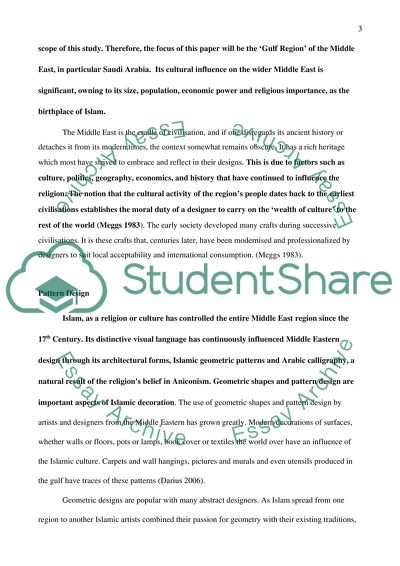Cite this document
(The Cultural Context and Its Influence on the Design Output of the Research Paper, n.d.)
The Cultural Context and Its Influence on the Design Output of the Research Paper. Retrieved from https://studentshare.org/culture/1791577-what-role-does-culture-play-in-shaping-middle-eastern-design
The Cultural Context and Its Influence on the Design Output of the Research Paper. Retrieved from https://studentshare.org/culture/1791577-what-role-does-culture-play-in-shaping-middle-eastern-design
(The Cultural Context and Its Influence on the Design Output of the Research Paper)
The Cultural Context and Its Influence on the Design Output of the Research Paper. https://studentshare.org/culture/1791577-what-role-does-culture-play-in-shaping-middle-eastern-design.
The Cultural Context and Its Influence on the Design Output of the Research Paper. https://studentshare.org/culture/1791577-what-role-does-culture-play-in-shaping-middle-eastern-design.
“The Cultural Context and Its Influence on the Design Output of the Research Paper”, n.d. https://studentshare.org/culture/1791577-what-role-does-culture-play-in-shaping-middle-eastern-design.


